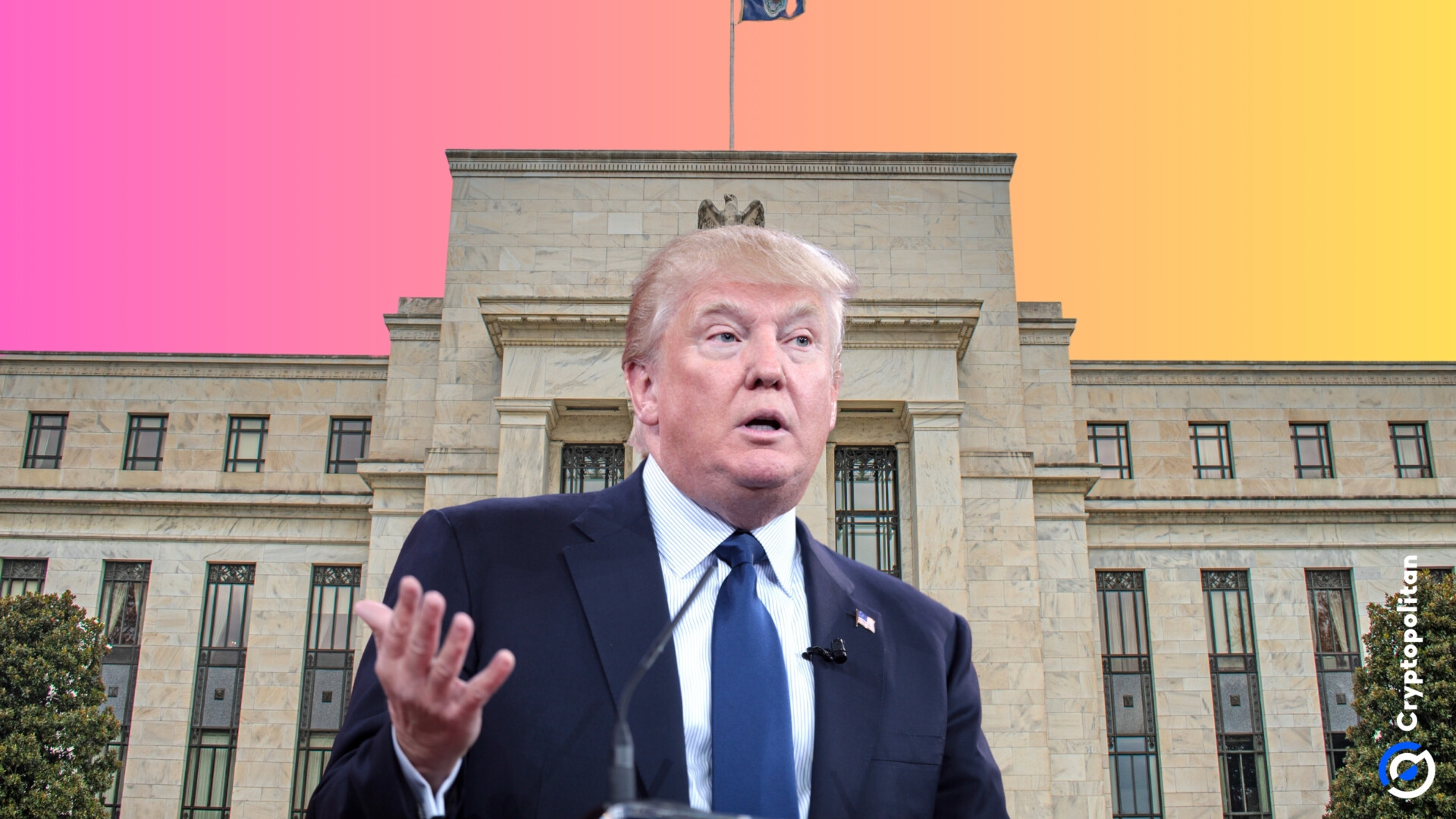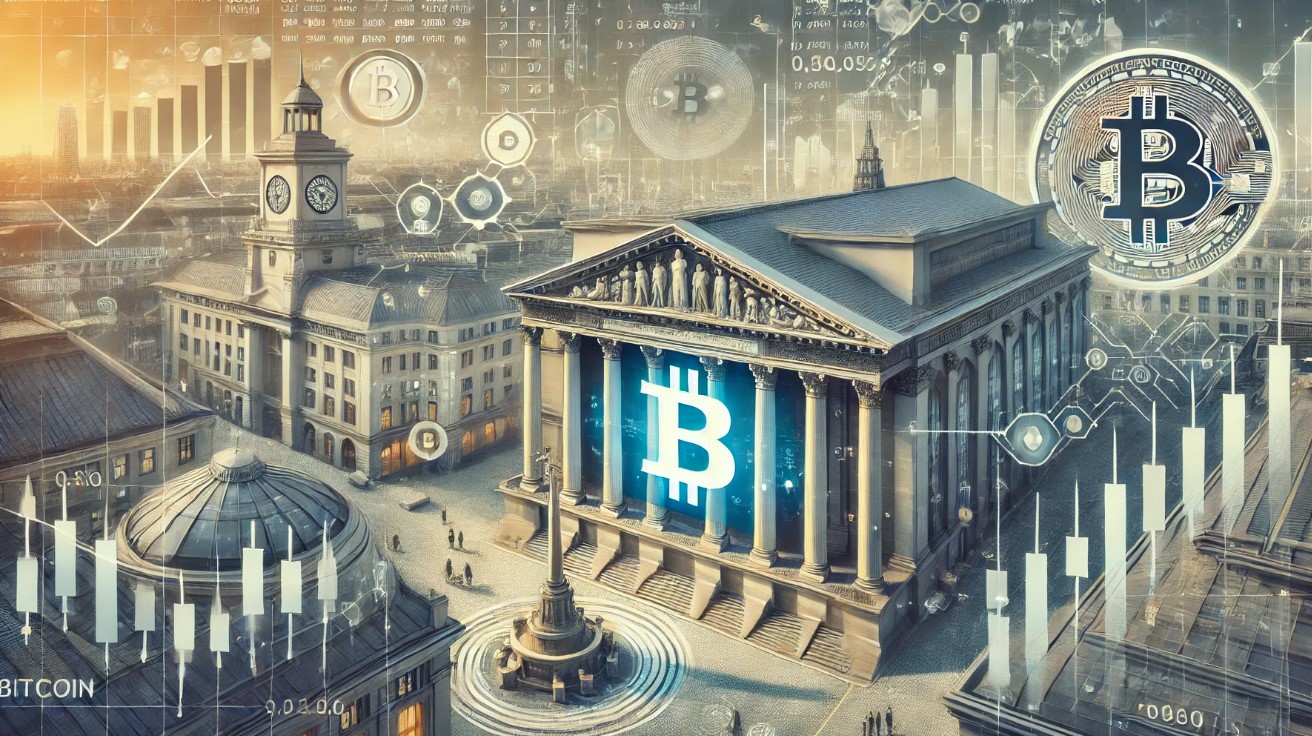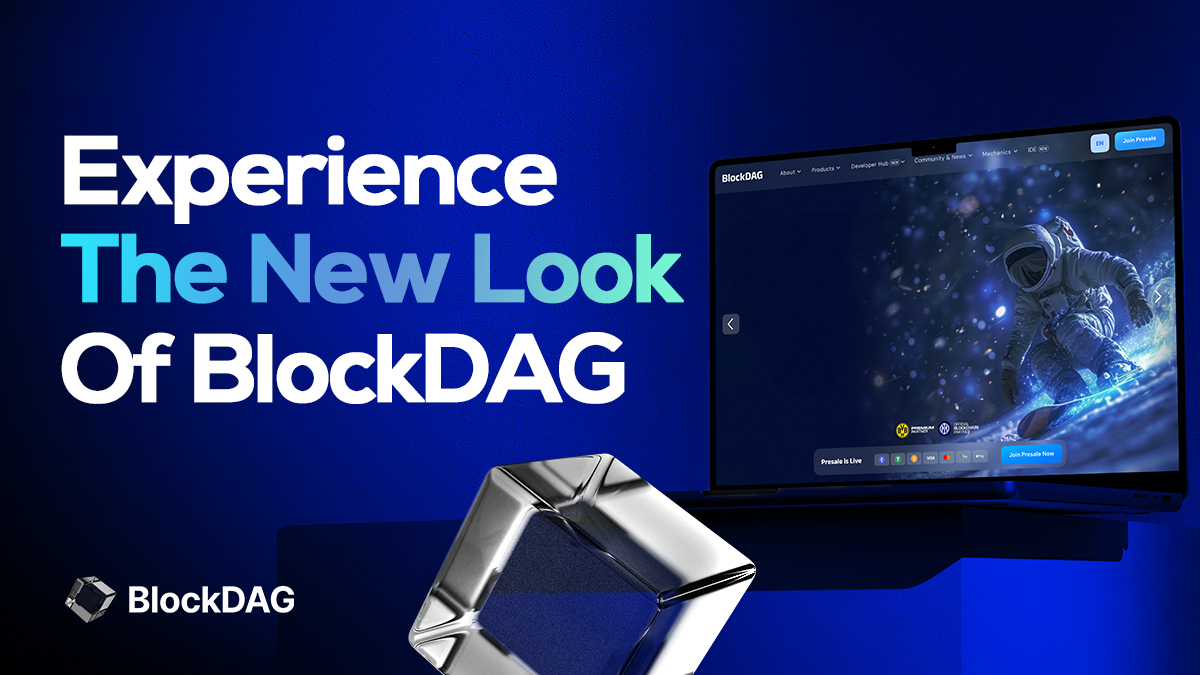
Donald Trump getting a grip on the Federal Reserve could set off an economic nightmare. Imagine the worst-case scenarios—skyrocketing public debt, global trade falling apart, and democratic rules crumbling.
But Trump meddling with the Fed? That’s worse. A politically pushed central bank would be a disaster for economic stability, and Trump has already set his sights on it.
Recently, Bloomberg asked Trump if he’d interfere with Fed policy. He brushed it off with mockery. He called the Fed Chair role “the greatest job in government” where “you show up once a month, flip a coin on rates, and get treated like a god.”
According to him, he understands the Fed better than Jerome Powell—his own appointee. Trump’s confident he’ll have a say on rates even if he can’t legally command it.
Undermining the Fed’s authority
In 2019, Trump even tweeted, “Who is our bigger enemy, Jay Powell or Chairman Xi?” The same Trump now says he’d try to influence the Fed indirectly if given another term. Legally, firing or demoting Powell would be tough, but that doesn’t mean he wouldn’t go for it.
When Powell’s term ends in 2026, Trump could pick someone who would follow his orders. Even without direct control, his constant digs at the Fed could destabilize markets.
Trump wouldn’t mind if the Fed lost credibility. Confidence in the Fed’s independence is what keeps inflation and employment under control. It’s why the Fed’s been able to hit its goals with minimal economic pain.
When inflation spiked during the pandemic, the Fed raised rates slowly, keeping job losses low and short-lived. But Trump messing with the Fed could destroy this balance, forcing policymakers to hike rates harder and faster, killing jobs and tanking production. If the Fed let inflation linger, workers and consumers would suffer, and a recession would eventually follow.
This whole “hands-off” approach isn’t just American. Most major economies respect their central banks’ independence. Legislators set the overall goals, but the central banks act without political strings.
It’s been this way since the 1990s, and we’ve enjoyed stable inflation rates as a result. Trump, oblivious or unconcerned about the risks, thinks he knows best. But this isn’t a game, and voters should be wary.
Trump’s influence on the economy
Earlier this month, Fed Chair Powell and the Fed board cut rates by 0.5%, aiming for what they called a “soft landing” for the U.S. economy. But that rate cut was followed by a huge September jobs report, one of the biggest increases in payrolls after a Fed rate cut in years.
Treasury bond yields, inflation expectations, and what experts call the “term premium” shot up. Critics say this signals a Fed mistake, but historically, that’s a premature judgment.
Since September 18, long-term bond yields have spiked, and inflation expectations have jumped. The term premium—extra payment investors demand for holding long-term bonds—is up.
Some analysts link this to Trump’s rise in the polls and his promise of big-budget plans. All these moves started around the Fed’s rate cut date, sparking worry.
Bespoke Investment Group says that of the 35 times the Fed has cut rates since 1994, this is the third-largest rise in the 10-year yield. Only the rate cuts in November 2001 and June 2008 saw larger jumps.
The breakeven inflation rate on 10-year TIPS, which measures inflation expectations, has also jumped by 25 basis points to 2.35%, moving further from the Fed’s 2% target.











